OKOndt Eddycon CL Portable Eddy Current Flaw Detector

Have questions about buying this product?
The EDDYCON CL is the latest eddy current instrument in our family. It is furnished with bright and large 7.2” display and combines the best features of earlier flaw detectors.
| Weight | 15 lbs |
|---|---|
| Dimensions | 20 × 17 × 9 in |
The EDDYCON CL eddy current flaw detector is intended for:
Detection of surface cracks in various parts.
Finding of cracks in holes and multi-layered structures with the help of rotary scanners.
Recognition of sub-surface flaws in non-magnetic conductive materials.
Evaluation of non-magnetic material conductivity and paint coating thickness.
Eddy current welding quality inspection.
Eddycon CL benefits:
- Easy-to-operate due to user-friendly intuitive interface.
- Light and sound alarms.
- Strict compliance with ISO 15548.
- Tune-out from the influence of working gap and inhomogeneity of electromagnetic properties.
- Saving over 1000 settings and test results to the flaw detector memory.
- Data communication to PC via USB flash drive or Ethernet.
- Specialty software for viewing test results and printing out test reports.
- Software upgrade using USB flash drives.
- Evaluation of flaw depth.
- Review of saved defectograms on the display of eddy current flaw detector.
- Quick-release Li-Ion battery for continuous 7-hour operation.
- Lightweight – up to 3.7 lbs (1.7 kg).
Classical model of a flaw detector
Due to the rubber corners and folding handle it can be safely placed both on a table and on various test objects. It even can be hanged if necessary. Still, Eddycon CL can be used as portable being fixed with straps on the operator’s chest.
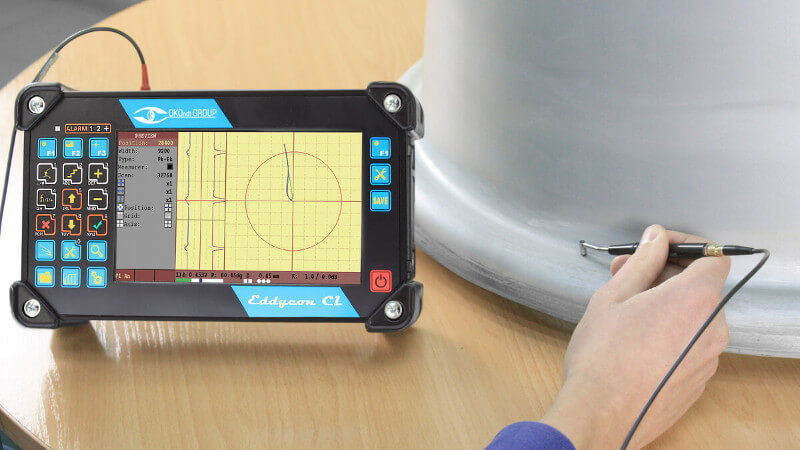
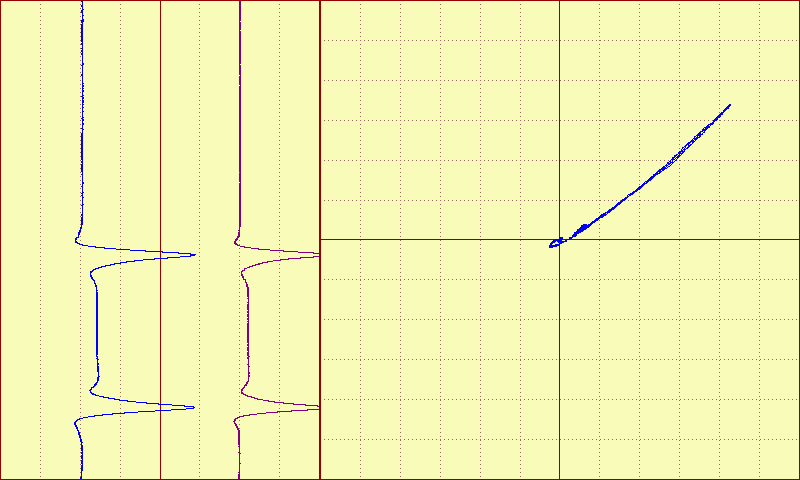
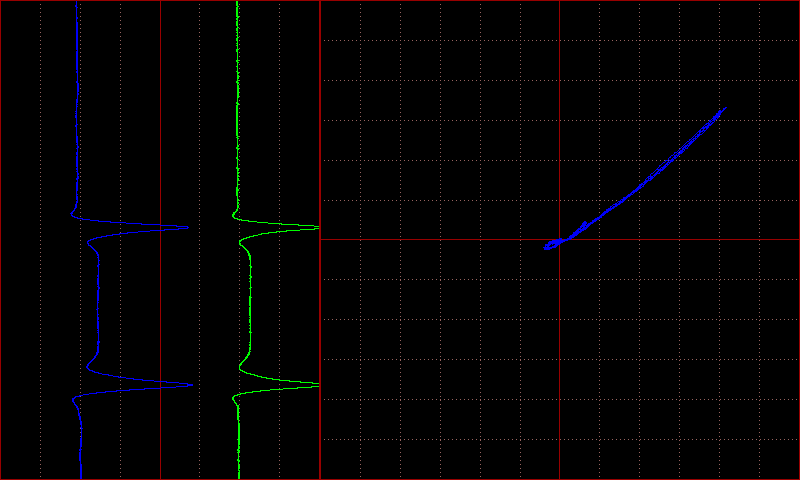
Display
7.2″ TFT color display with 800×480 pixels resolution ensures a high-definition picture on the screen. The screen has several display modes such as light, dark, standard.
Different modes of full-screen presentation
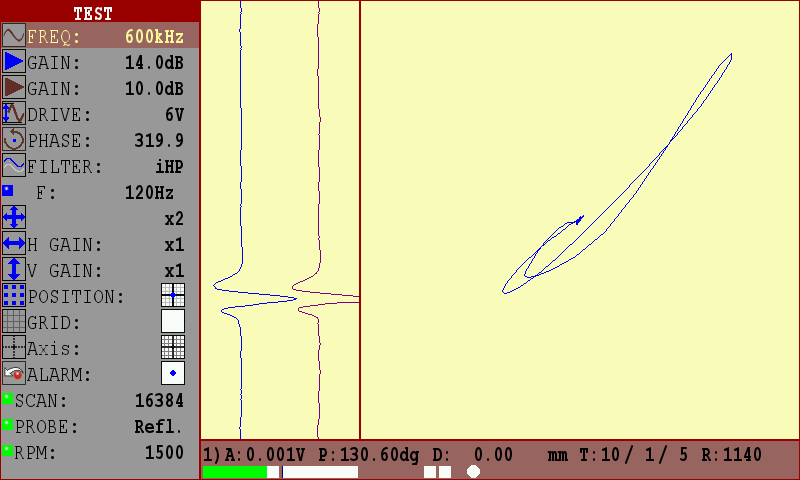 a) Menu+XY+A(t)
a) Menu+XY+A(t)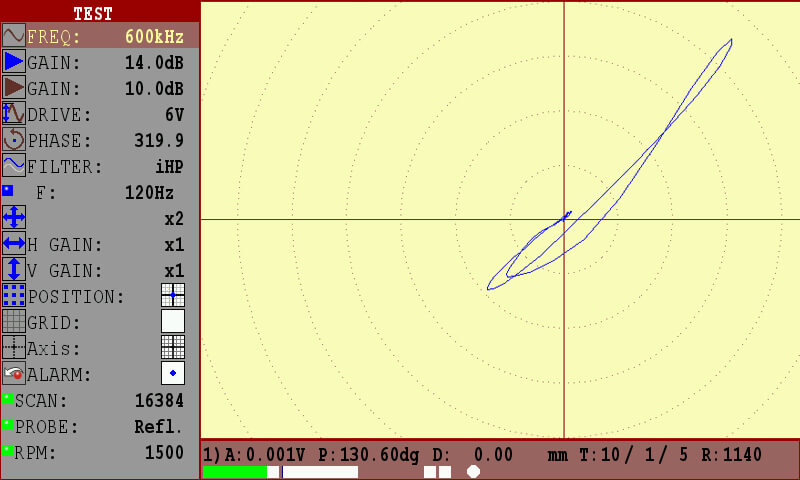 b) Menu+XY
b) Menu+XY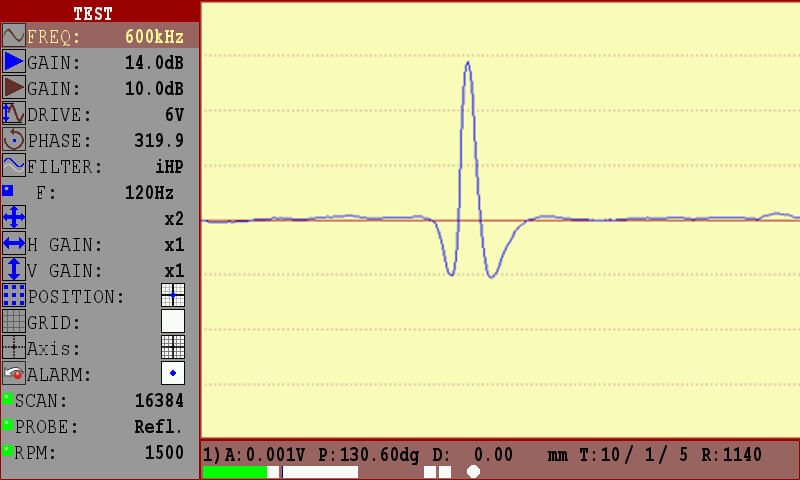 c) Menu+A(t)
c) Menu+A(t)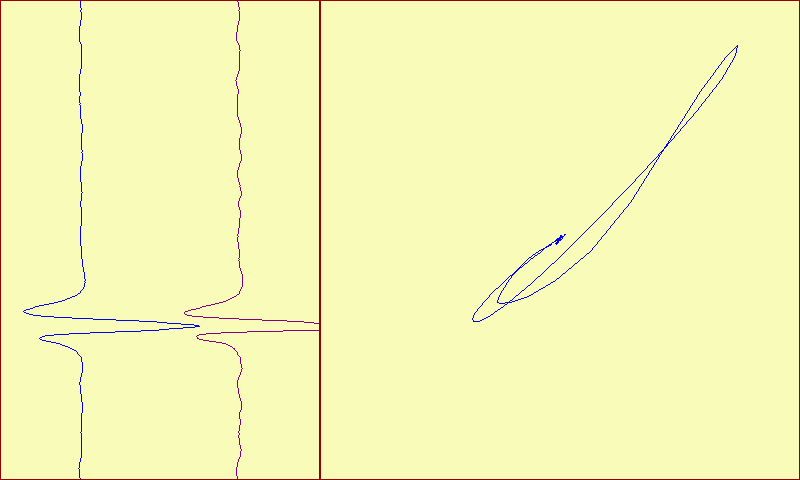 d) XY+A(t)
d) XY+A(t)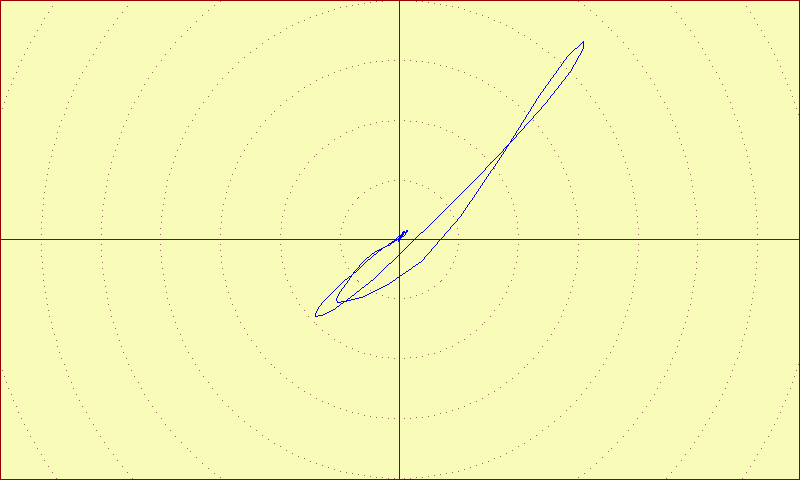 e) XY
e) XY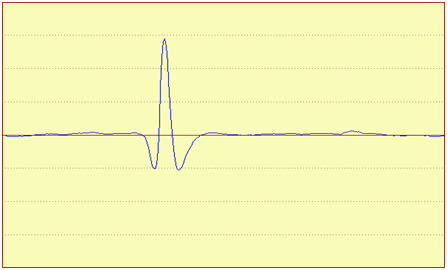 f) A(t)
f) A(t)Navigation
Elaborated keypad design gives a quick access to any menu of the flaw detector by pressing a single key only!
TESTING menu – main operating mode of the flaw detector;
MEMORY menu – is used to save/download the settings and test results;
SETTINGS menu – basic settings of the flaw detector;
VIEW menu – allows viewing test results saved to the flaw detector’s memory;
CALIBRATION menu – serves to create calibration curves for more precise evaluation of flaw depth.
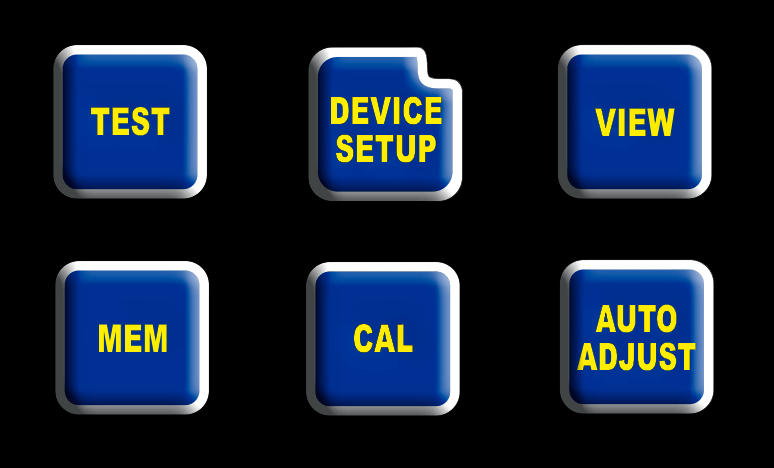
Industrial applications:
| Housing | |
| Overall dimensions | 10″ × 6.1″ × 3.1″ (256 mm × 156 mm × 80 mm) |
| Weight | up to 3.7 lbs (1.7 kg) |
| Applicable standards | СЕ, ISO 15548 |
| Supply mains | 100 V to 240 V, 50 Hz – 60 Hz |
| Inputs & outputs | 2.0 USB-port (hub), Ethernet (Lemo 4-way), headphones (Lemo 4-way) |
| Keypad | American, International (icons) |
| Operation conditions | |
| Operation temperature | -4 to +122° F (-20 to +50°C) |
| Storage temperature | -4 to +122° F (-20 to +50°C) |
| IP rating | IP 64 |
| Battery | |
| Type | Li-Ion 12V/4500 mA·h |
| Operation time | Normal mode — up to 7 hours; If using rotary scanners — 4 to 5 hours |
| Display | |
| Display size | 7.2″ |
| Type | Color TFT (800×480 pixels) |
| Display modes | Normal, full-screen; three color schemes |
| Grid | Three types: coarse, fine, polar |
| Connectivity and data storage | |
| PC software | Test results processing program |
| Data storage | MicroSD 4 Gb internal memory card (up to 64 Gb as an option); |
| ET specifications | |
| Frequency range | 10 Hz to 16 MHz |
| Gain | 70 dB |
| Probe supply voltage | 0.5 V; 1V; 2V; 4V; 6V |
| Additional gain | 30 dB |
| Phase rotation | 0 to 359.9 |
| Digital scale | 1/16 to 16, with a step of 6 dB |
| Test frequency | 1 to 11 kHz |
| Signal indication time | 0.1 s; 0.3 s; 0.5 s; 1 s; 2 s; 3 s; 4 s; 5 s; 8 s |
| Filter | Low-pass: 1 to 5 000 Hz High-pass: 1 to 5 000 Hz Bandpass Averaging Differential |
| Connected probes | Single, Reflection, Bridge |
| Probe connector | Lemo 00, Lemo 12-way / Lemo 16-way |
| Signal display modes | Complex plane – X(y); Time base – X(t), Y(t); Dual-frequency mode |
| Threshold level types | Circle, Threshold, Sector, Trapezium |
| Multi-frequency operation | Dual-frequency multiplexing; Independent control of both frequencies; Mix of two frequencies (F1 – F2, F1 + F2) |




